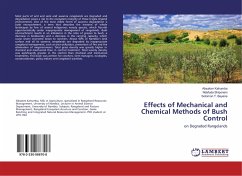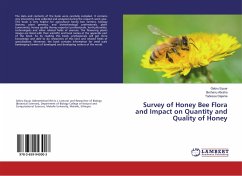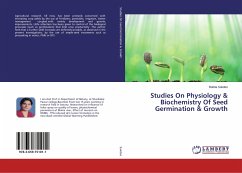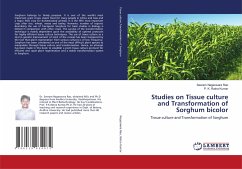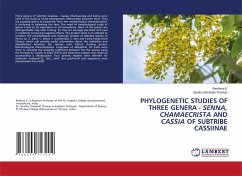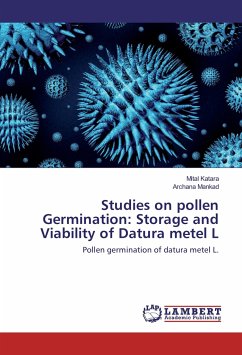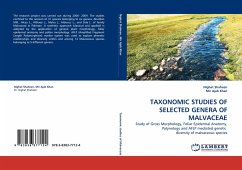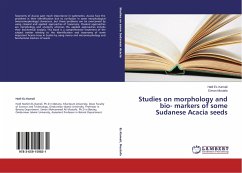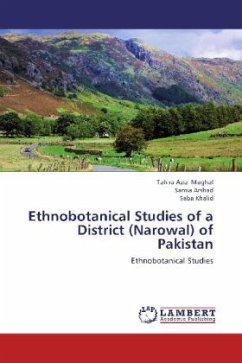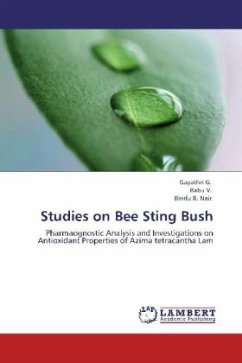
Studies on Bee Sting Bush
Pharmaognostic Analysis and Investigations on Antioxidant Properties of Azima tetracantha Lam
Versandkostenfrei!
Versandfertig in 6-10 Tagen
32,99 €
inkl. MwSt.

PAYBACK Punkte
16 °P sammeln!
Azima tetracantha, commonly known as Bee sting bush (Yashanku in Malayalam, Kundali in Sanskrit)is used in folk lore herbal medicine practices in the villages of South Kerala as a vitalizer and stimulant. The plant belongs to the family Salvadoraceae. It is a rambling shrub, with four thorns at right angle to each other, at each node.It is used in medicine practices for the treatment of rheumatism and as diuretic, disinfectant and odontalgic. The stem, petiole and leaf were subjected for pharmacognostic studies, phytochemical analysis were done using leaves and antioxidant properties were stud...
Azima tetracantha, commonly known as Bee sting bush (Yashanku in Malayalam, Kundali in Sanskrit)is used in folk lore herbal medicine practices in the villages of South Kerala as a vitalizer and stimulant. The plant belongs to the family Salvadoraceae. It is a rambling shrub, with four thorns at right angle to each other, at each node.It is used in medicine practices for the treatment of rheumatism and as diuretic, disinfectant and odontalgic. The stem, petiole and leaf were subjected for pharmacognostic studies, phytochemical analysis were done using leaves and antioxidant properties were studied in the methanolic leaf extract. The pharmacognostic studies have limitless interest in checking/controlling the adulteration of the dry plant, if any, and ensuring good manufacturing practices. The search for natural sources of antioxidants from this plant would help to reveal novel therapeutic avenues, for the treatment of many diseases.



